The best way to counter the problem of heel striking when running is to stop lifting the front of your foot (an action called ankle dorsiflexion) upon and at touchdown. The more you lift the front of your foot upon landing, the greater the likelihood you’ll heel strike, shown below:
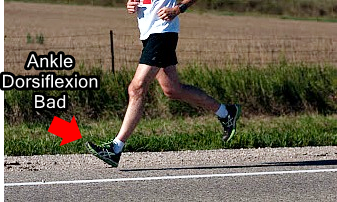
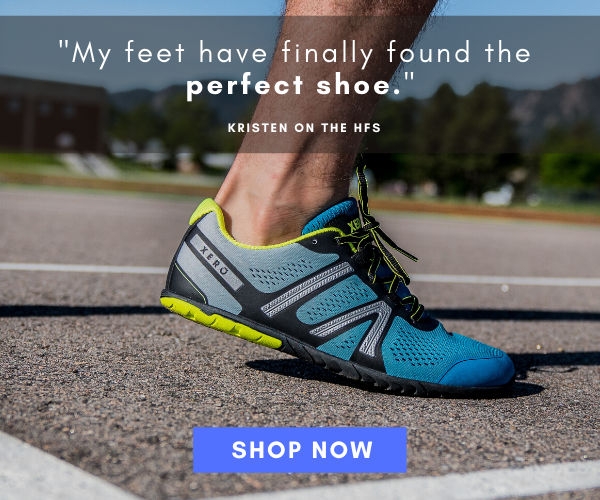
The main cause of excessive ankle dorsiflexon at landing in running are running shoes that have more padding under the heel than the front of the shoe, shown below:
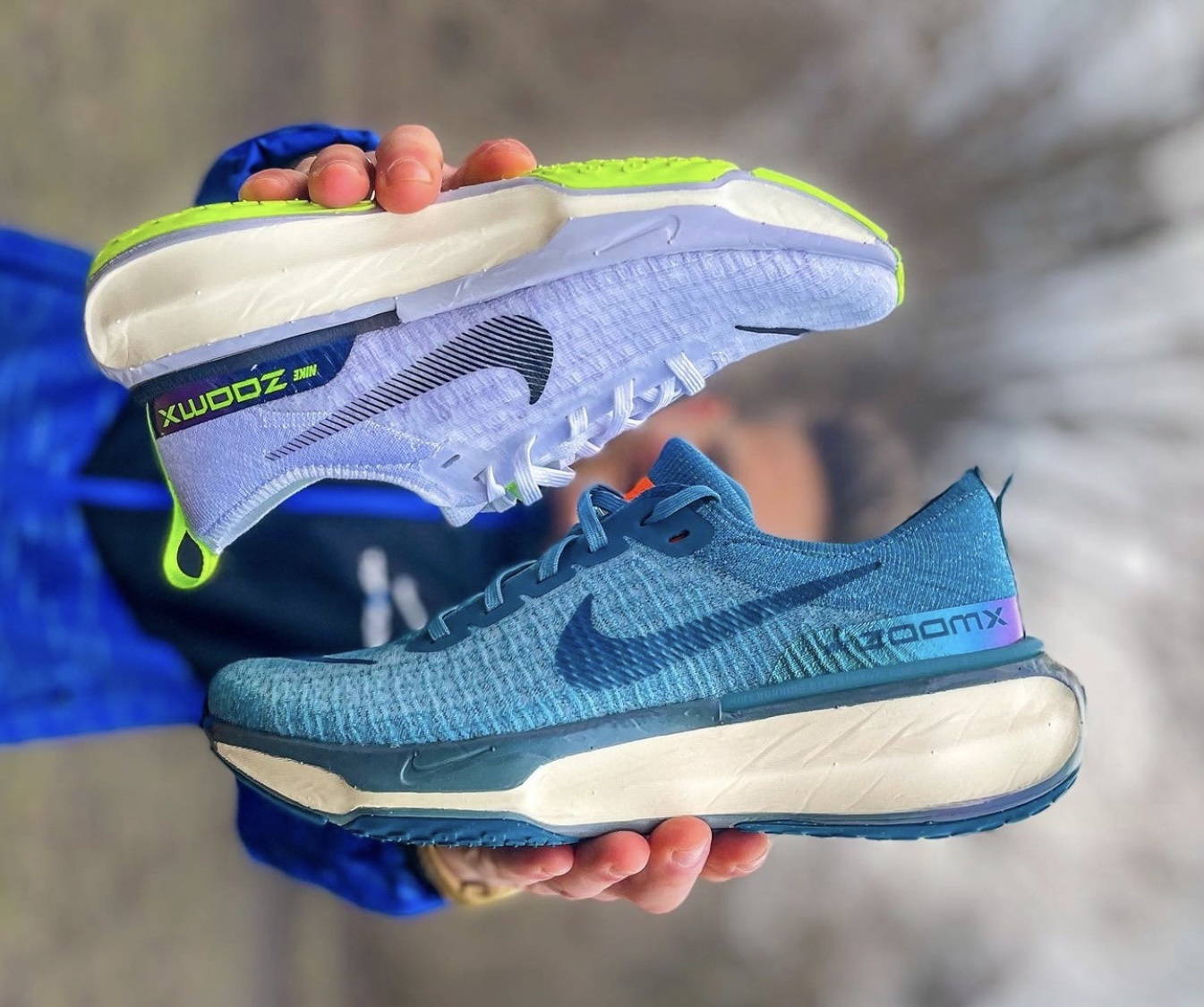
Both barefoot and minimalist runners don’t heel strike, they land with a forefoot strike because of less ankle dorsiflexion since there’s nothing artificially propping up the heel relative to the toes, shown below:
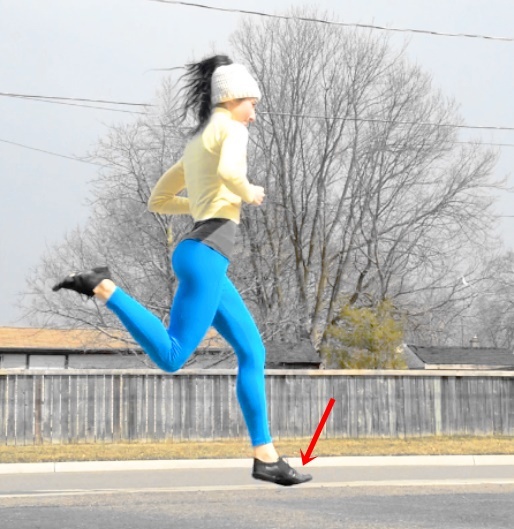
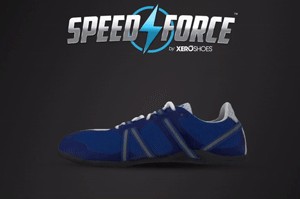
The big reason barefoot and minimalist runners produce less net impacts is because the foot tends to default to a forefoot strike in the absence of thick under-heel cushioning. Also, you get a higher dose of ground-feedback when running barefoot and in minimalist shoes which has a real role to play in enhancing the reflexive reactions that keep your foot in close proximity to your center mass (torso), prevents over-striding, reduces over-pronation (severe footstep instability), while improving balance and ultimately prevents your mechanics from falling apart!
To get a better idea as to what a proper forefoot strike looks like, here is a Youtube video I did showing just that!
Here’s also all the evidence-backed reasons minimalist shoes do a better job at refining your running form vs thick cushioned running shoes.
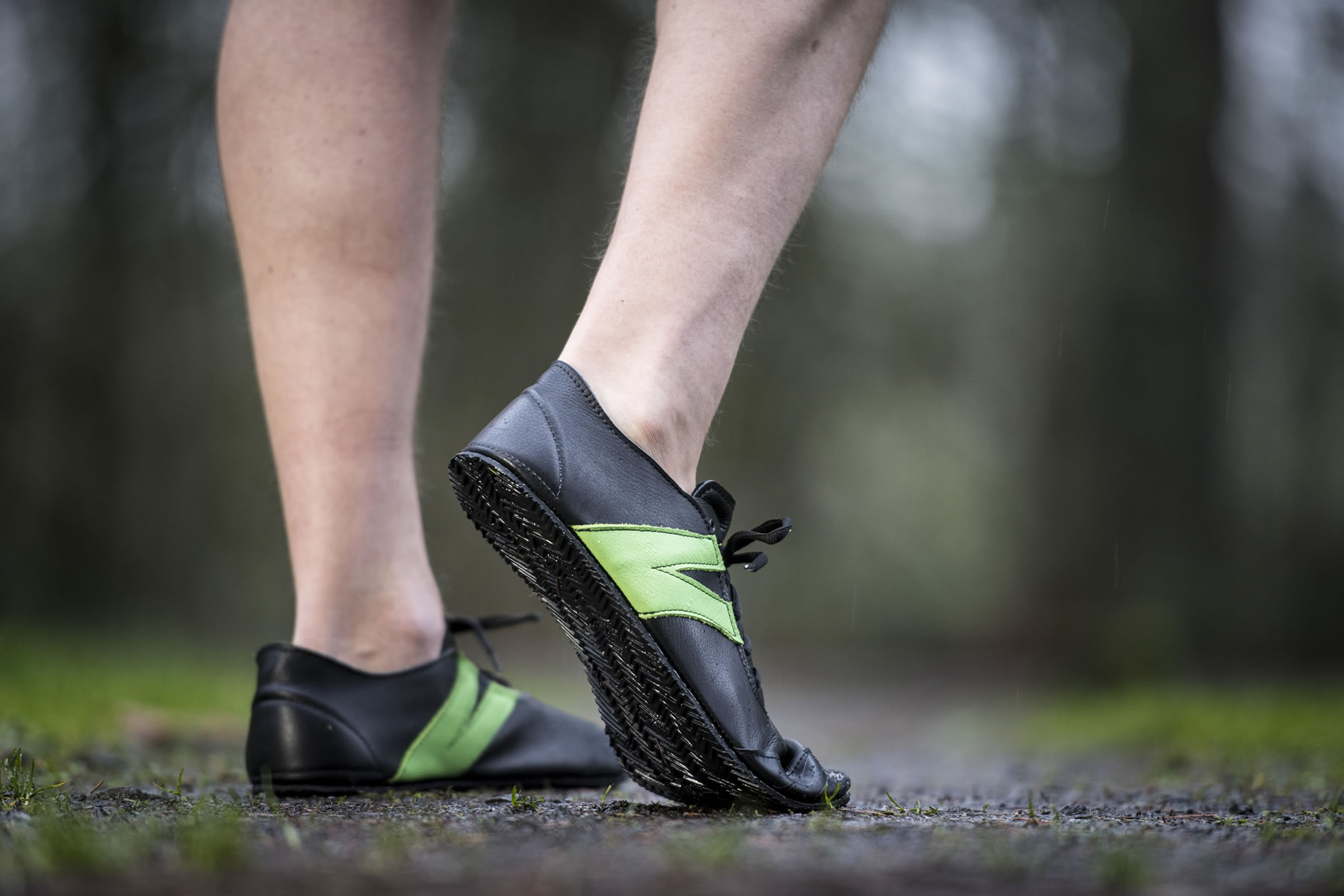

1vivas
3znwzm
qk61dq